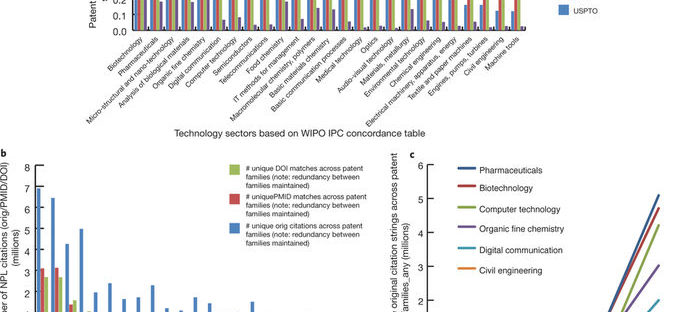Public research is critical to the economy and to society. However, tangible economic and social impact occurs only when research outputs are combined, used and reused with other elements and capabilities, to deliver a product, practice or service. Assessing the context and influence of scholarship during the dynamic process of innovation rather than measuring ex post impact, may improve performance. With this aim, we have integrated and interconnected scholarly citations with global patent literature and created new tools to link the scholarly literature with the patent literature. The resulting tools we present here enable diverse stakeholders to freely evaluate the influence published research has on the generation and potential use of inventions as reflected by the patent system. We outline an evolving toolkit, Lens Influence Mapping, that allows assessment of individual scholarly works and aggregated outputs of authors for influence on industry and enterprise, as measured by citations within patents. This performance measure, applied at many levels and normalized by either research disciplines or technology fields of use, may expose and highlight institutional strength and practices, and guide future partnerships.
Source: Mapping the global influence of published research on industry and innovation | Nature Biotechnology
